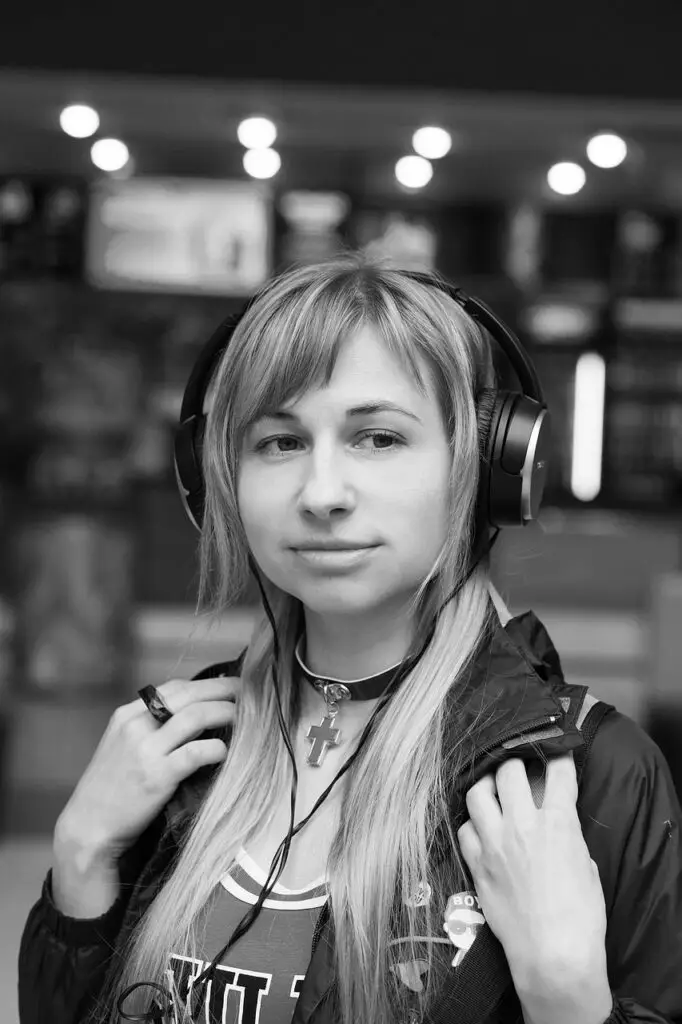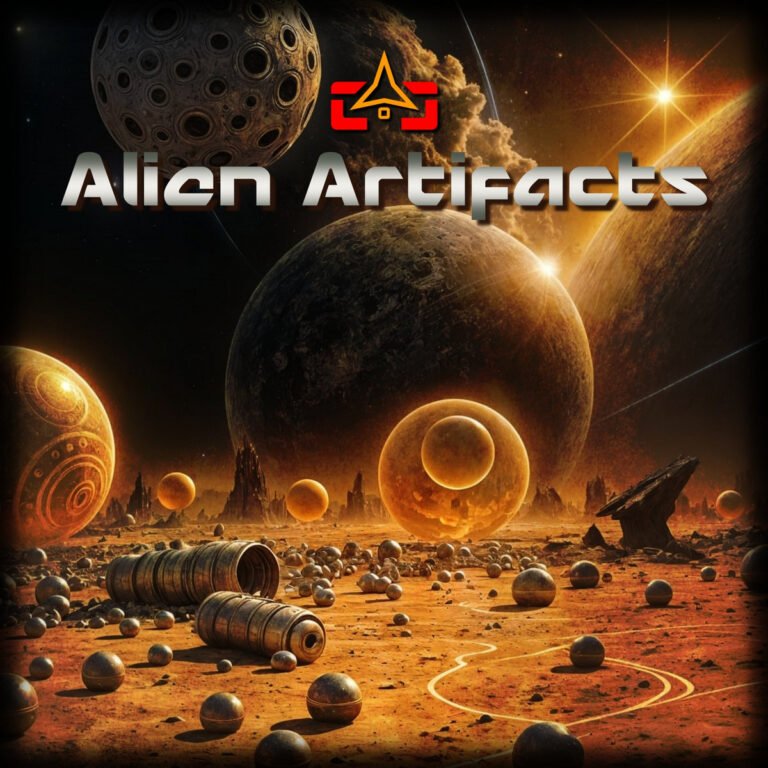
Spotify: A Complex Streaming Ecosystem – Fair Platform or Artist
Exploitation?
The Verdict at the Top
Spotify isn’t simply “ripping off” artists, but neither is it the fair platform many users assume it to be. The streaming giant operates in a complex ecosystem where structural problems, controversial practices, and legitimate business constraints create an environment where independent artists often struggle while the platform itself has only recently achieved profitability. The truth lies somewhere between exploitation and fair business practice making Spotify a streaming service with significant benefits for artists alongside serious systemic issues that demand scrutiny.
The Numbers Tell a Complex Story
Industry-Wide Payment Comparison
Spotify consistently ranks among the lowest-paying major streaming platforms, offering approximately $3.00 per 1,000 streams compared to competitors like Amazon Music ($8.80), Apple Music ($6.20), and YouTube Music ($4.80). This disparity isn’t accidental it reflects Spotify’s business model challenges and strategic choices that prioritize user growth over artist compensation.
Yet context matters. Spotify’s massive user base of 675 million monthly active users and 263 million subscribers means that while per-stream rates are lower, successful artists can potentially reach larger audiences than on higher-paying platforms with smaller user bases. As one Reddit commenter noted, “For 95% of artists big or small Spotify will always pay more due to the amount of consumption on Spotify, but Apple music per stream pays more”.
The 70% Revenue Share Reality
Spotify consistently pays approximately 70% of its total revenue to music rights holders5, a figure that aligns with industry standards. However, this seemingly fair split becomes problematic when examined more closely. The company’s own financial struggles only achieving its first full year of profitability in 2024 after 18 years of operation6 demonstrate how streaming economics create pressure throughout the system.
The remaining 30% must cover all operational expenses including “personnel costs, utilities on a massive 14-story Manhattan office complex, thousands of employees, marketing expenses”. This tight margin explains why Spotify aggressively seeks cost-saving measures, some of which directly impact artist compensation.
The Fake Artists Controversy: Systemic Manipulation?
Perfect Fit Content and Ghost Artists
Perhaps the most damning allegations against Spotify involve the “Perfect Fit Content” (PFC) program revealed in Liz Pelly’s investigative work. Internal documents show that Spotify employees were systematically replacing real artists with cheaper “ghost artists” on popular playlists. One former employee described the pressure: “Initially, they would give us links to stuff, like, ‘Oh, it’s no pressure for you to add it, but if you can, that would be great.’ Then it became more aggressive”.
The scale is staggering. Swedish composer Johan Röhr alone reportedly operates over 656 fake artist identities with more than 15 billion streams. Analysis revealed that “merely 20 songwriters were responsible for the output of 500 fictitious artists on the service”, suggesting a coordinated effort to reduce royalty payments through artificial artist inflation.
Editorial Playlist Manipulation
Spotify’s editorial playlists, followed by tens of millions of users, have become increasingly populated with these fabricated artists. Investigation found that in one prominent playlist with over 1.45 million followers, 41 out of 270 tracks were by fake artists. This systematic replacement of legitimate artists with cheaper alternatives represents what critics describe as a form of “musical money laundering” appearing to support diverse artists while actually funneling revenue to a small number of producers working under multiple pseudonyms.
Discovery Mode: Innovation or Exploitation?
The 30% Commission Structure
Spotify’s Discovery Mode program exemplifies the platform’s complex relationship with artist fairness. While marketed as a tool to help artists reach new audiences, the program requires artists to accept 30% reduced royalties on algorithmic playlist streams. This creates a troubling dynamic where artists must pay for basic discoverability on a platform they already pay to access through distribution fees.
Data shows Discovery Mode can be effective artists typically see +50% in saves, +44% in user playlist adds, and +37% in follows. However, this success comes at a significant cost, and the program has contributed to overall declining per-stream rates as more artists feel pressured to participate.
Algorithmic Coercion
The Discovery Mode system creates what critics call “algorithmic coercion” artists feel compelled to accept lower payouts to maintain visibility. Between 2021 and 2024, the share of discovery streams rose from 6% to 26% for participating artists, demonstrating how the program has shifted from optional tool to practical necessity for many musicians.
Structural Challenges and Fair Criticisms
The Free Tier Problem
Spotify’s ad-supported free tier, used by approximately 60% of total users but generating only 13% of revenue, creates fundamental economic pressure. Free tier streams pay exponentially less than premium streams, yet Spotify markets itself as offering the same service to both user types. This means premium subscribers essentially subsidize free users while artists receive diluted compensation from the combined revenue pool.
Complex Revenue Distribution
The streaming mathematics become even more problematic when examining revenue distribution mechanics. Rights holders receive different amounts based on subscription type, geographic location, and overall platform usage patterns. An artist earning from a premium subscriber in the United States receives significantly more than from a free user in a developing market, yet both count equally toward streaming statistics.
Legitimate Business Constraints
Industry-Wide Economic Reality
Spotify’s challenges reflect broader streaming industry problems rather than unique corporate malfeasance. The company operates in a market where consumers expect unlimited music access for less than the cost of a single CD per month. As one analysis noted, “The market isn’t there for people to pay so much for music”.
Music licensing costs are genuinely expensive major labels negotiate from positions of strength, and Spotify has limited leverage to reduce these payments without losing essential catalog content. The platform’s recent profitability came primarily through price increases, cost cutting, and efficiency improvements rather than reducing artist payments.
Competition and Innovation Benefits
Despite its flaws, Spotify has democratized music distribution in unprecedented ways. Independent artists can now reach global audiences without label backing, and the platform provides sophisticated analytics tools through Spotify for Artists that were previously available only to major label acts. Programs like Fresh Finds have featured over 25,000 artists, many of whom gained significant career momentum from platform exposure.
Artist Support Tools and Opportunities
Genuine Platform Benefits
Spotify does provide legitimate value to artists beyond streaming revenue. The Spotify for Artists platform offers comprehensive analytics, playlist pitching tools, and promotional features including Marquee advertising and Campaign Kit. Artists can sell merchandise, promote tours, and access fan support tools directly through their profiles.
The platform’s Fresh Finds program provides mentorship, educational resources, and collaboration opportunities for emerging artists. Data shows that featured artists see average monthly listeners increase by 108% within 28 days of playlist inclusion.
Accessibility and Global Reach
For independent artists, Spotify remains the most accessible path to global distribution. Unlike traditional music industry gatekeepers, the platform accepts content from any artist working with approved distributors. This democratization has enabled genre diversity and cultural exchange that would have been impossible under previous industry structures.
The Boycott Question and Alternatives
Why Boycotts Haven’t Succeeded
Despite periodic calls for artist boycotts, Spotify’s dominance has proven resilient. Even high-profile departures like Taylor Swift’s 2014 protest ultimately resulted in return and increased engagement. The platform’s network effects where artists need to be present because fans expect to find them there create powerful lock-in dynamics.
Limited Platform Alternatives
Higher-paying platforms like Tidal ($0.013 per stream) and Apple Music ($0.008 per stream) offer better per-stream rates but significantly smaller audiences. For most artists, the calculation becomes whether higher royalties from fewer streams exceed lower royalties from many more streams. Spotify’s massive reach often wins this equation despite ethical concerns.
Looking Forward: Reform or Status Quo?
Regulatory Pressure and Policy Changes
Government attention is increasing, with proposals like the NO FAKES Act addressing AI impersonation and Congressional resolutions calling for new royalty programs. However, meaningful regulatory intervention remains limited, and industry self-regulation has proven insufficient to address structural problems.
Economic Sustainability Questions
The fundamental question remains whether streaming economics can ever adequately compensate the vast majority of musicians creating content. Even with fairer distribution mechanisms, the mathematics of splitting limited consumer spending among millions of artists suggests that streaming income alone cannot support most musical careers.
Research indicates that artists need approximately 800,000 monthly streams to make minimum wage from Spotify alone a figure achievable by only a small fraction of platform creators. This suggests that streaming services function better as promotional tools and audience-building platforms than as primary revenue sources for most artists.
Conclusion: Nuanced Reality Over Simple Narratives
Spotify neither deserves unconditional support nor wholesale condemnation. The platform operates within economic constraints that make perfect fairness impossible while simultaneously engaging in practices that advantage its bottom line at artist expense. The fake artists program represents genuine misconduct, while the broader revenue-sharing structure reflects industry-wide economic realities.
For artists, Spotify remains a necessary evil a platform that provides essential distribution and discovery tools while offering inadequate compensation and creating structural disadvantages for independent creators. The service’s value lies not in fair payment but in audience access, professional tools, and global reach that were previously unavailable to most musicians.
Rather than asking whether Spotify is “fair,” the more productive question may be how to reform streaming economics to better serve both creators and consumers while maintaining the technological and cultural benefits that platforms like Spotify have enabled. This will require systemic changes involving multiple stakeholders’ platforms, labels, lawmakers, and consumers rather than simple moral judgments about individual corporate actors.
The streaming revolution has democratized music distribution while concentrating economic power in new ways. Spotify embodies both the promise and the problems of this transformation, making it simultaneously a vital resource for artists and a system in need of significant reform.








